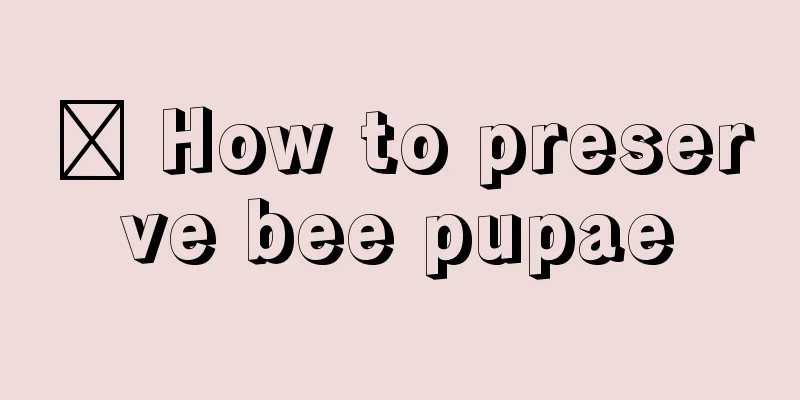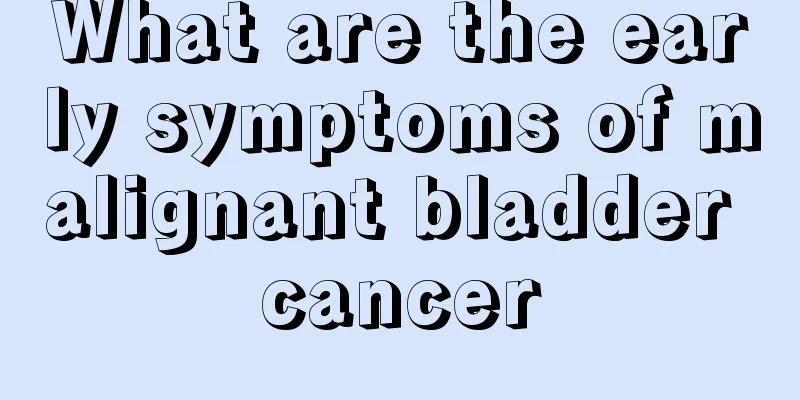How should patients with pituitary tumors be cared for

|
Pituitary tumors have a high incidence rate among young people. Although it is not a malignant disease, it is also a disease with relatively great harm. Even children suffer from this disease, which directly affects their growth and development. The disease is currently mainly treated with surgery. How should patients with pituitary tumors be cared for? Let us listen to the experts’ introduction of eleven nursing measures on how to care for pituitary tumors. 1. Lying position: When not awake, lie flat with the head tilted to one side. After waking up, remove the endotracheal tube. If there is cerebrospinal fluid rhinorrhea, remove the pillow and lie flat for 7-15 days. If there is no cerebrospinal fluid rhinorrhea, raise the head of the bed 15-30 degrees to facilitate intracranial venous return. After resection of large lesions, there will be a large cavity left locally. Lying on the affected side should be prohibited to prevent brain tissue displacement and cerebral edema. 2. Maintain airway patency: When the patient returns to the ward, he/she will have a endotracheal tube in his/her mouth. An oxygen catheter will be implanted in the tube and the oxygen flow rate will be adjusted to 3-4L. Do not remove the oxygen tube at will. Remove secretions from the mouth and endotracheal tube in time to maintain airway patency. 3. Monitoring of vital signs: Vital signs should be measured regularly before and after awakening from anesthesia, paying special attention to whether the pupil's light reflex has recovered. 4. Indications and methods for removing the endotracheal tube: ① The pupils on both sides are equal in size (or the same size as before the operation); ② The pupils are sensitive to light reflex; ③ The patient can respond to calls and can do simple movements as ordered by the doctor; ④ The oral secretions are suctioned out; ⑤ The endotracheal tube can be removed only with the consent of the attending physician unless there are special circumstances during the operation; ⑥ When removing the endotracheal tube, the patient should lie flat with his head tilted to one side, the air in the airbag is sucked out, and the patient is asked to vomit, and the tube is quickly removed, and then oxygen is inhaled. 5. Most patients will experience incision pain after surgery. They should inform the medical staff in time. The doctor will use appropriate amounts of painkillers based on the condition. 6. Wound care: If there is no cerebrospinal fluid rhinorrhea, remove the nasal packing gauze strips about 3 days after surgery, and use 0.25% chloramphenicol eye drops and new anesthetic nasal drops 4 times a day, 2-3 drops each time to prevent infection. If there is rhinorrhea, remove the nasal packing gauze strips about 5 days after surgery. Do not use cotton balls or gauze to block the nasal cavity after removing the nasal gauze strips. Change the dressing of the medial thigh wound every other day, and remove the stitches after 10 days. 7. After the operation, please ask the patient to cough and expectorate effectively. If necessary, guide the patient to use nebulizer inhalation to promote the discharge of sputum. 8. Defecation instructions: Do not force defecation after surgery to prevent increased brain cavity pressure from causing brain herniation. If constipation occurs, take laxatives or rectal enema. 9. Oral care: Because there are wounds in the mouth, oral care should be performed every day to keep the mouth clean. Since the nasal cavity is stuffed with gauze to stop bleeding after the operation, the patient can only breathe with the mouth open, which can easily cause dry mouth. At this time, wet gauze should be covered on the outside of the lips to keep the mouth moist, relieve discomfort, and promote appetite. 10. Supplement nutrition and prevent infection after surgery: intravenous infusion is required. The limbs may feel numb during the infusion. Local activities or massage can be performed appropriately after the infusion. 11. Urinary care: If the condition permits, the catheter can be removed within 2 to 3 days after surgery and the patient can urinate on his own. If urination is difficult on his own, abdominal massage, hot compress, listening to the sound of running water, perineal irrigation, etc. can be used to promote urination. The above is an introduction to pituitary tumor care measures. I hope it will be helpful to you. |
<<: How to treat pituitary tumors
>>: How to treat patients with pituitary tumors in the late stage
Recommend
Why are my shoulders getting thicker?
When the shoulders are becoming thicker, it is no...
Symptoms of bone marrow cancer? There are four manifestations
When bone marrow cancer occurs, the body is prone...
If you have breast cancer, you may have a painless swelling
If you have breast cancer, you may have painless ...
Redness on both sides of the chin
The human body needs to undergo normal metabolism...
Can I get pregnant if I have precancerous lesions of the stomach
The cause of rectal cancer is still not very clea...
Can persimmon and garlic be eaten together
It is the time to eat persimmons in autumn. Sweet...
Is washing the nose with saline effective for rhinitis?
Although rhinitis is not a serious disease, the t...
How to treat skin wart-like growths
Treatment of skin warts includes drug therapy, ph...
How to clean pomegranate stains
The nutritional value of pomegranate is very high...
What tea is good for indigestion
Drinking tea is not only a culture with a long hi...
Gastric disease and premature beats
Nowadays, many young people suffer from stomach p...
What medicine is the best for small cell lung cancer
Small cell lung cancer is a type of bronchial lun...
Reasons for diarrhea caused by air conditioning
With the continuous improvement of living standar...
Is chickenpox still contagious when it scabs over?
During childhood, most people will get chickenpox...
What are the benefits of barley leaf juice powder?
Barley leaf juice powder is rich in various trace...









